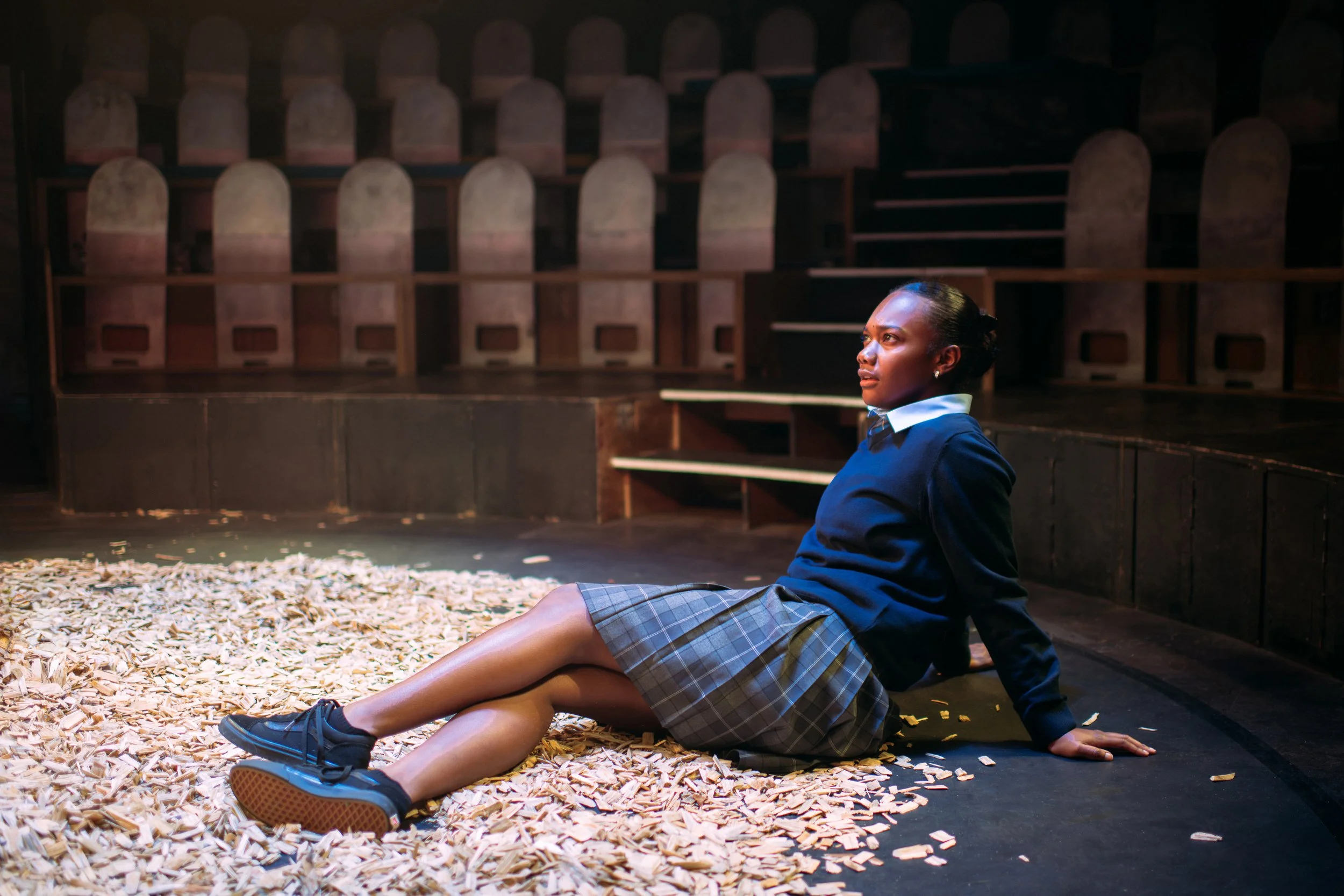Sweetness in the Belly by Camilla Gibb
‘For all the brutality that is inflicted upon us, we still possess the desire to be polite to strangers. We may have blackened our eyes, but we still insist on brushing our hair. We may have had our toes shot off by a nine-year-old, but we still believe in the innocence of children. We may have been raped, repeatedly, by two men in a Kenyan refugee camp, but we still open ourselves to the ones we love. We may have lost everything, but we still insist on being generous and sharing the little that remains. We still have dreams.’
Sweetness in the Belly is an utterly beautiful story of human strength and determination. It is laced with themes that are still prominent in today’s society, such as race and racism, immigration, identity and religion all told through the protagonist, Lilly. The narrative structure alternates from chapter to chapter between Lilly’s early years in Marrakesh and Ethiopia, and the older Lilly in London.
Although this is most definitely a work of fiction, it reads like a memoir and draws readers into its pages completely; the imagery is vivid, from the vibrant, but dusty streets of Africa to the cold and lonely in the stark concrete of London. However, it is worth noting that those who want a strong sense of plot to finish a book may struggle with the meandering and descriptive paragraphs – this is a story to be savoured, not devoured.
The novel starts out with Lilly’s parents, they are independent and bohemian and decide to take the young Lilly off to travel the world with them as a baby. Her parents die early in the story and Lilly is orphaned. Her tale brings her to Ethiopia, and that is where Lilly’s story truly begins.
Lilly arrives in Ethiopia as a teenager with a thorough understanding of the Quran and a strong belief in Islam. But her white skin makes her stand out, and she spends most of her time there attempting to prove people wrong and show her similarities with the locals instead. When the narrative flicks to Lilly in London it is apparent that she still stands out, although now she is amongst a plethora of other white people she chooses to wear a hijab. Lilly relates more to fellow refugees and she becomes extremely close to another Ethiopian woman named Amina.
Ultimately, Lilly’s story proves that identity and sense-of-self is about so much more than skin colour. Having a mutual understanding and respect is the foundation for Lilly’s relationships throughout the book, and the underlying plot throughout her London years shows her and her friend Amina setting up a small charity to help other refugees reunite with their loved ones that are missing in Ethiopia. This relatively large act of kindness started almost selfishly by Amina and Lilly to find their own loved ones and develops into a beautifully selfless and positive way to help people who were truly struggling to discover the fate of their families.
#FLODown: This novel is gloriously descriptive, especially rich in its portrayal of Islam, but it does bring into question the accuracy of the information conveyed. In the afterword Camilla Gibb explains the large amount of research that she undertook and the help that she received from professors and friends across the world to write this story as accurately as possible. Gibb herself was born in London but grew up in Toronto, and her interest in the Middle East and its rich social fabric is evident from the subjects she studied at university – anthropology, social anthropology and Middle Eastern studies.











